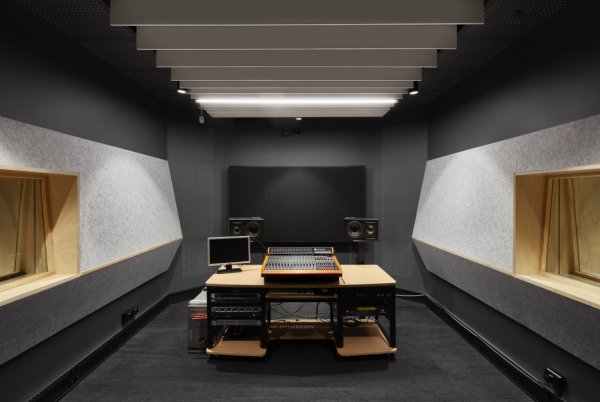Currently running my system in an 18x48x8 dedicated room, w generally good acoustics. I had been using a suite of GIKS...bass traps and 4x2 absorber 242 panels, three on front wall, two each at side wall reflection points. I did take them out but was advised to reinstall them when a visitor remarked my central image was phasey and unfocused. I didn't really get his comment at the time, but kinda got the idea when things became more palpable on reinstall.
A year on, after a major breakthru on bass linearity in my room (filling a large floor void w acoustic rockwool), I tried out removing the GIKs again, and the haziness was immediately apparent, lack of focus and sucking the life out of the mids.
My visitor a year back was dead right.
My Q is not whether this experience proves my room benefits from help...it does.
It's whether what I'm describing indicates that I should stick w absorption panels, or would get more mileage from diffusion, or look for panels that do both (ASC and Acustica Applicata come to mind)?
A year on, after a major breakthru on bass linearity in my room (filling a large floor void w acoustic rockwool), I tried out removing the GIKs again, and the haziness was immediately apparent, lack of focus and sucking the life out of the mids.
My visitor a year back was dead right.
My Q is not whether this experience proves my room benefits from help...it does.
It's whether what I'm describing indicates that I should stick w absorption panels, or would get more mileage from diffusion, or look for panels that do both (ASC and Acustica Applicata come to mind)?



